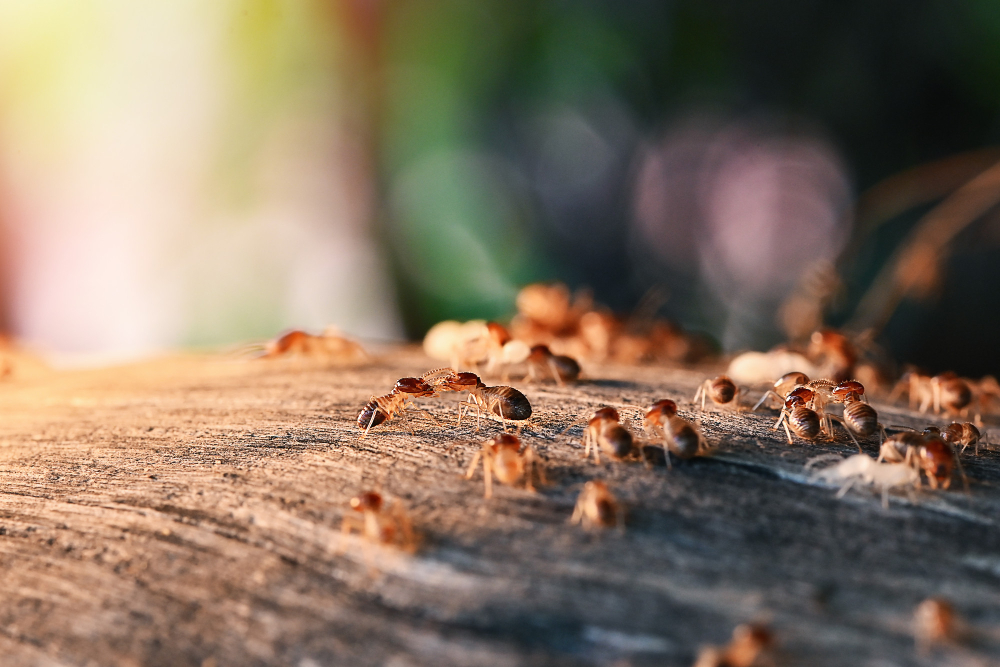-
Both adult and larval stages of common asparagus beetles feed on spears during the spring and early summer months.
-
Their presence is often announced when spears take on “shepherd’s crook syndrome,” the twisting of the asparagus head giving the spear an uncharacteristic hook.
-
The beetle’s feeding can cause visible scarring and staining as they chew and deposit frass, the excrement left of their feeding.
-
Often, spear tips will turn brown. In summer, asparagus beetles move to feed on the ferns.
-
Significant defoliation at this point can weaken the plants, making them more susceptible to Fusarium wilt and other pathogens.
-
Beetle damage may also limit the amount of nutrients plants can take in for the next growing season, causing fewer and less vigorous spears.








